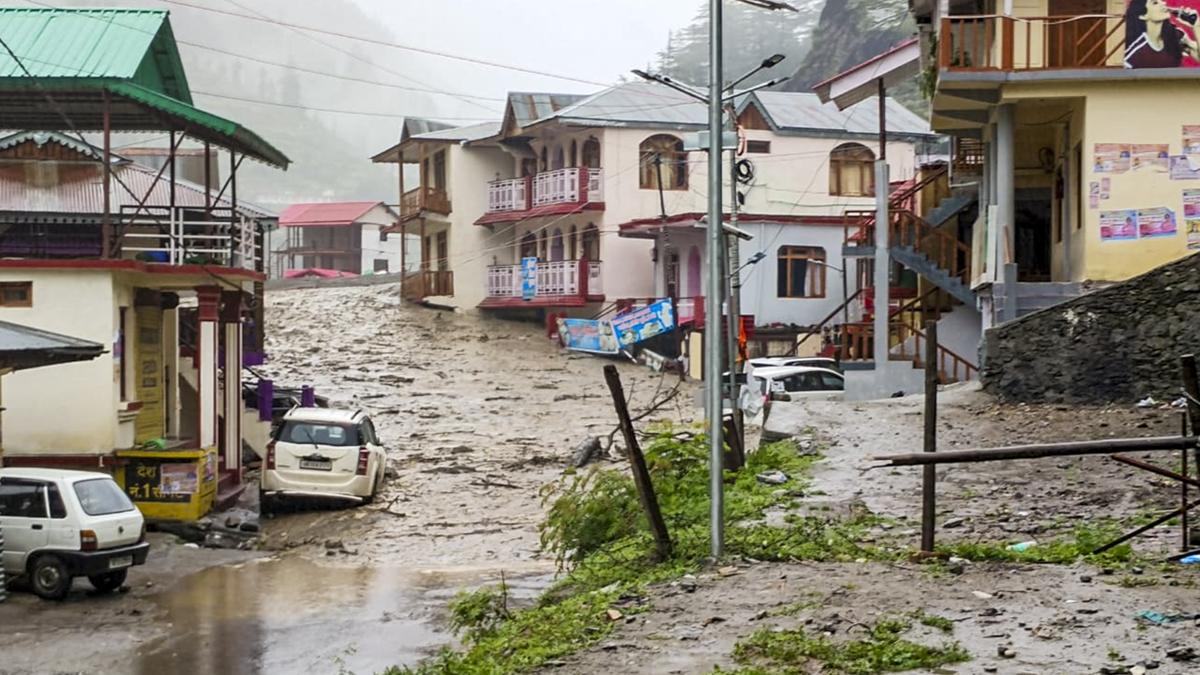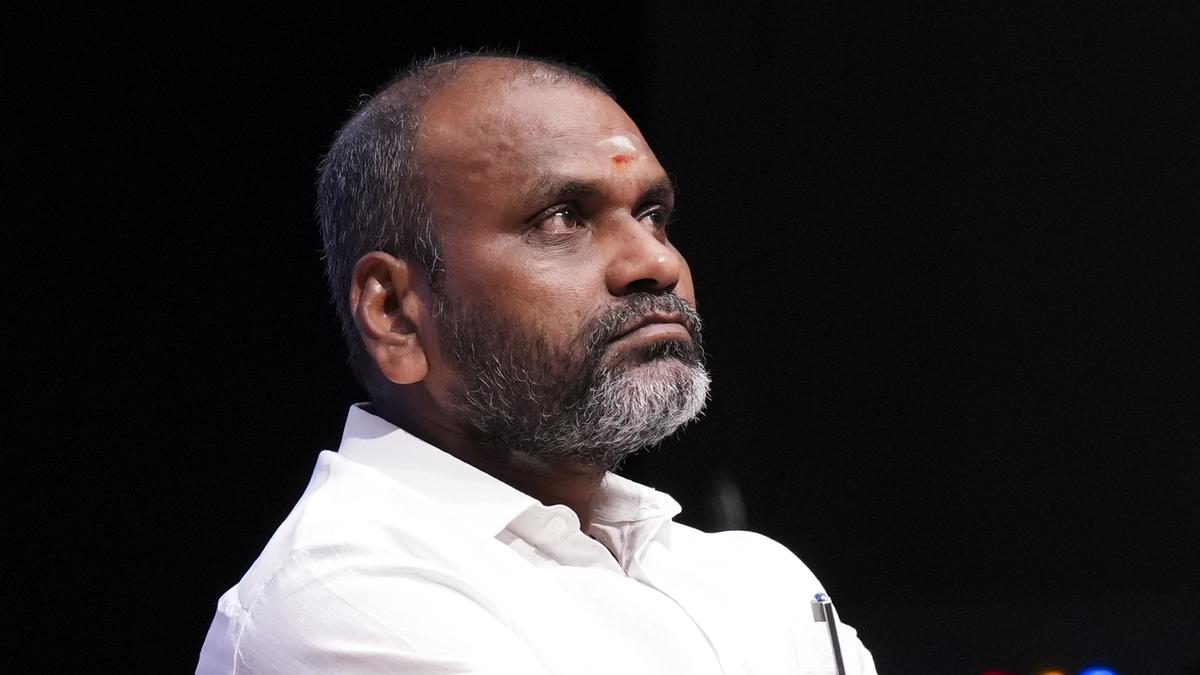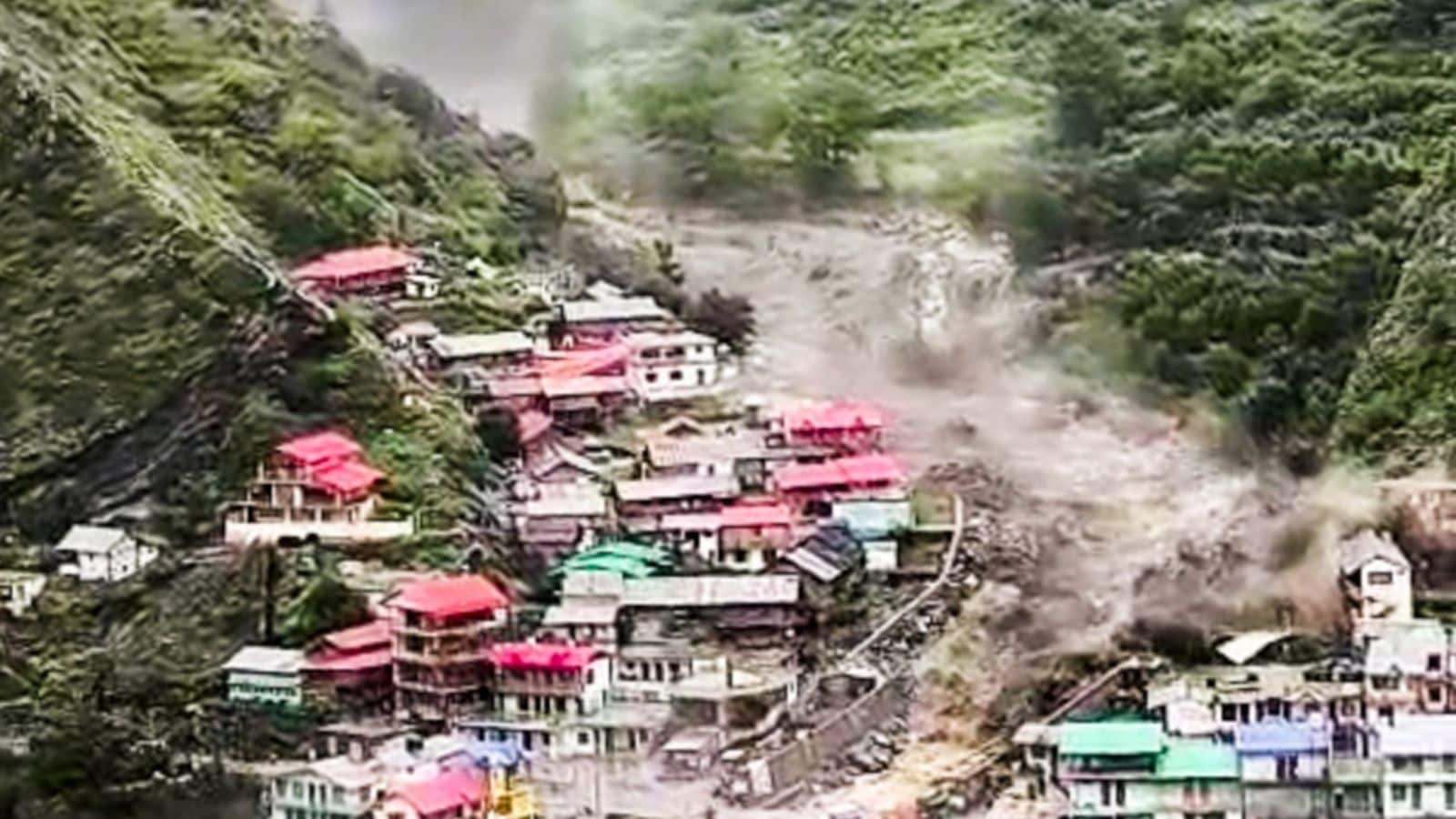Activists and farmers in Arunachal Pradesh have asked the Centre not to sell the bogey of the world’s largest dam pursued by China on the Yarlung Tsangpo River in Tibet to push a proposed 11,500 megawatt hydroelectric project on the Siang River.
The Yarlung Tsangpo is the upstream of the Siang in Arunachal Pradesh, which meets two more rivers in Assam downstream to flow as the Brahmaputra.
The Medog Hydropower Station planned by China in Tibet is expected to generate 60,000 MW of electricity, three times more than what the country’s Three Gorges Dam on the Yangtze River does. India and Bangladesh have expressed concerns about the potential downstream impact of the Tibet project, although Beijing claims it is a clean energy initiative.

“Instead of creating fear over the Medog project, the government of India should consult with its Chinese counterpart to get an accurate status of the project before pushing the SUMP through,” Ebo Mili, a lawyer and anti-dam activist from Arunachal Pradesh’s Dibang Valley, told journalists in New Delhi on Saturday (August 2, 2025).
Members of the Siang Indigenous Farmers’ Forum (SIFF) and their legal advisors organised the press conference along with anti-dam activists from Uttarakhand.

SUMP expands to the (11,500 MW) Siang Upper Multi-purpose Project, which the activists said would submerge 27 villages across and displace 1,50,000 members of the Adi tribe, apart from destroying swathes of forest, farmland, and cultural heritage sites such as Kekar Moying, a landmark where the pre-independence Anglo-Abor War took place.
Underscoring the absence of a water treaty with China, Arunachal Pradesh Chief Minister Pema Khandu described the Medog project as a ticking “time bomb” that could be misused to destroy the State’s Siang belt. He defended the SUMP as a much-needed “defensive measure” against the sudden release of water by China from the Medog project.
China does not have a water treaty with any of the 13 countries it borders. Lamok Padun, the SIFF’s president, said most villagers in the Siang belt are opposed to the SUMP, but the Arunachal Pradesh Government was hell-bent on pushing the project. He said one of the strategies being employed is to pressure the village chiefs into inking a deal with the government for a pre-feasibility report (PFR).
China’s mega dam will be ‘water bomb’: Arunachal MP
“Village heads are being suspended for opposing the SUMP, protestors and members of the SIFF are being detained and arrested arbitrarily, leaders of the SIFF and Adi Students’ Union are being criminalised through false charges, and pro-PFR signatures of villagers in the submergence zone are being forged,” he said.
Bhanu Tatak, the SIFF’s legal advisor, said the Union and State Governments have been militarising the entire Siang region to prevent people from organising protests. “The government is resorting to violent means to gag us,” she said.
The National Hydropower Corporation has been assigned to conduct the PFR for the SUMP, estimated to cost ₹1.13 lakh crore under heavy security cover. In December 2024, more than 350 environmentalists, journalists, scientists and civil society organisations submitted a letter to President Droupadi Murmu, urging her to direct the government to withdraw security forces from the area.
The Adi people inhabiting the Siang belt rever the Siang River as ‘Ane’, which means ‘mother’, and consider damming it a sacrilege.



.png)
.png)
.png)
















 2 days ago
10
2 days ago
10









 English (US) ·
English (US) ·